There can be your advertisement
300x150
Home Medicine Kit: 5 Useful Tips
Now more than ever, it's essential to have necessary protective supplies at hand. We tell you how to organize and maintain order in your medicine kit.
How to organize the chaos in a home medicine kit and review medications? We have five useful tips that will help you avoid panic during emergency situations.
Determine a single storage place for medications
Storing medicines in different rooms or cupboards is not the best idea. In emergencies, you won't have time to run around the house looking for the needed drug. Take all your medications now and find a common storage location (just don't forget that some of them need to be stored in the refrigerator).
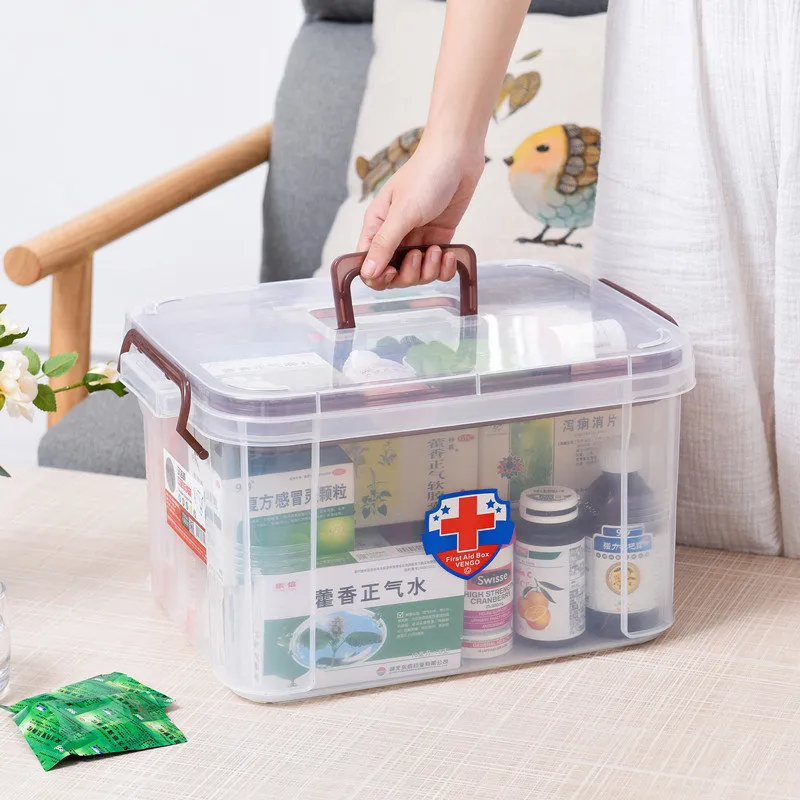
Remove all expired medications
Check the expiration dates of your medicines — expired drugs can be dangerous. Important note: if you've already opened the packaging, the expiration date of some medications shortens. According to Russian regulations, this is until the first day of the indicated month.
For example, 'valid until IV 2021' means that the medication should not be used after March 31, 2021, i.e., the medication is valid until April 1, 2021. So make it a habit to check medication expiration dates every six months.
How to dispose of medications?
- Water-soluble medications (marked as 'dispersible') can be flushed down the toilet.
- Other medications should be thrown into the trash bin. But first, remove all tablets from their packaging, crush them to powder form, place in a bag, and mix with something inedible (sand, soil, tea leaves, or cat litter). This way, hazardous waste will be hard to reach for homeless people and animals.
Sort medications by groups
Since the size and contents of medicine kits vary, plan your own categories. For example: 'fever reducers', 'pain relievers', 'antihistamines', 'anti-poison medicines', 'gels and ointments for burns, thermometers, bandages, plasters', etc.
Then sort medications by groups based on storage conditions. Put those that need refrigeration on a separate shelf. Store other tablets according to instructions on the packaging. Most of them can be stored at room temperature, in a dry and light-protected place.
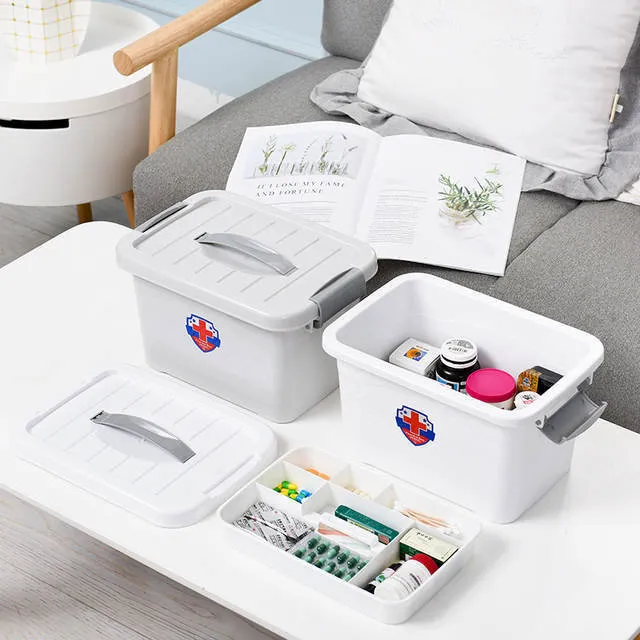
Organize them in containers
It's time to organize storage. Don't dump everything into one large box — hide medications in plastic containers or boxes depending on category, and label them.
You can use small plastic dressers with dividers inside. Store medications vertically by file cabinet principle — so they won't block each other, and you can quickly find what you need. If the name of the medication isn't visible, label it on the packaging with a marker.
IMPORTANT
If there are children or pets in the house, store medications as high up as possible. Or use locks that kids cannot open.
Assemble an emergency medicine kit
Necessary protective supplies against infection: masks, antiseptics, alcohol-based wipes (or portable soap), disposable wipes, and additional hygiene products. Pack them into a small cosmetic case and take it with you every time you leave the house.
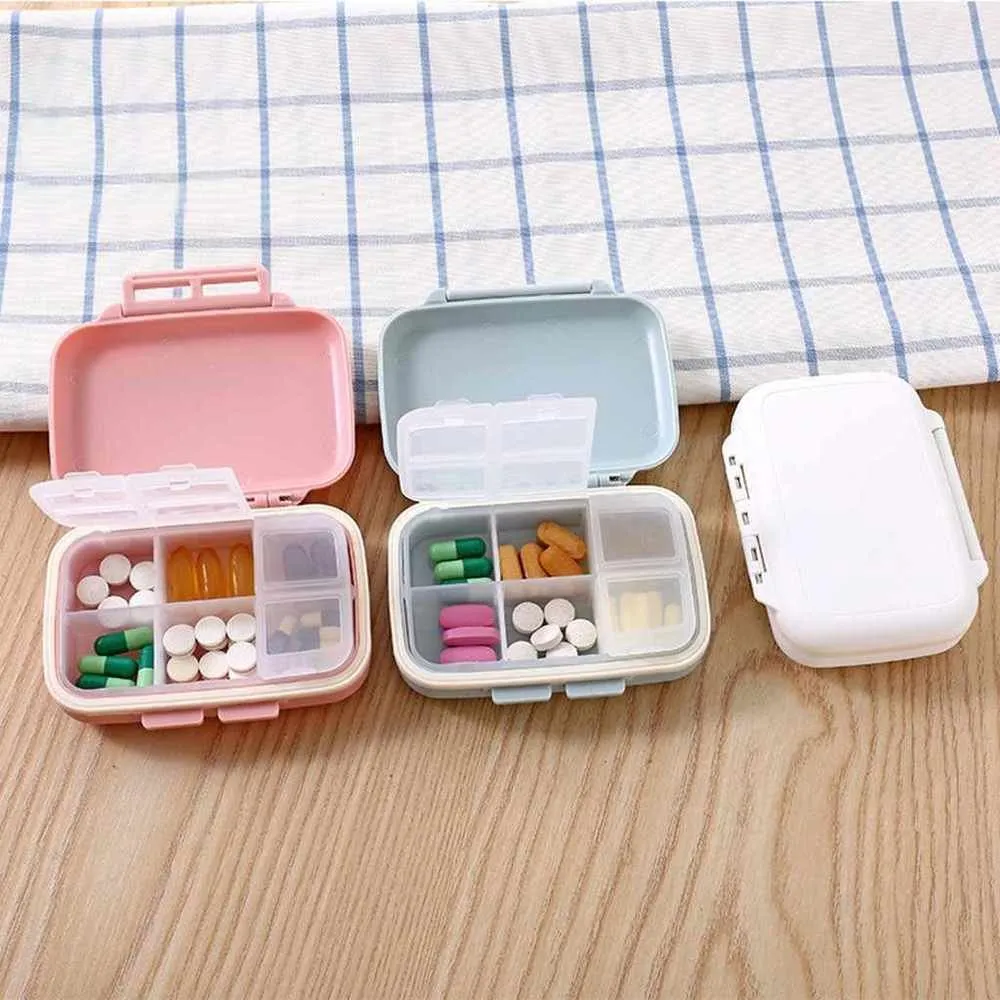
More articles:
 How to Transform an Affordable IKEA Table into a Luxury Item
How to Transform an Affordable IKEA Table into a Luxury Item How to Make an Interior Unique: Tips from Professionals
How to Make an Interior Unique: Tips from Professionals Unusual Scandinavian Design: Example from Sweden
Unusual Scandinavian Design: Example from Sweden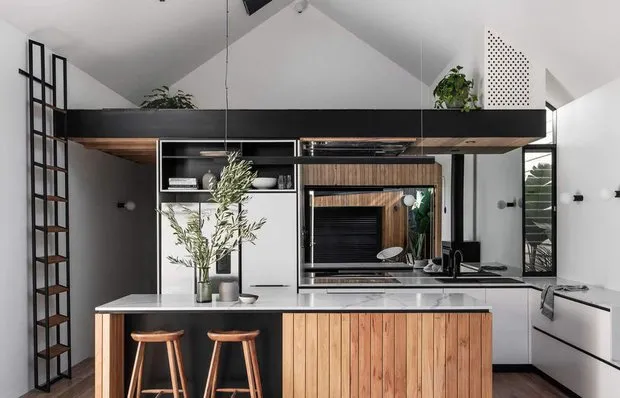 New Scandi Style: House in Bauhaus Spirit
New Scandi Style: House in Bauhaus Spirit Arranging an Apartment in a Dormer: 5 Successful Examples
Arranging an Apartment in a Dormer: 5 Successful Examples 5 Ready-Made Solutions for Bedroom Decoration
5 Ready-Made Solutions for Bedroom Decoration 5 Cozy Apartments in Paris You Will Love
5 Cozy Apartments in Paris You Will Love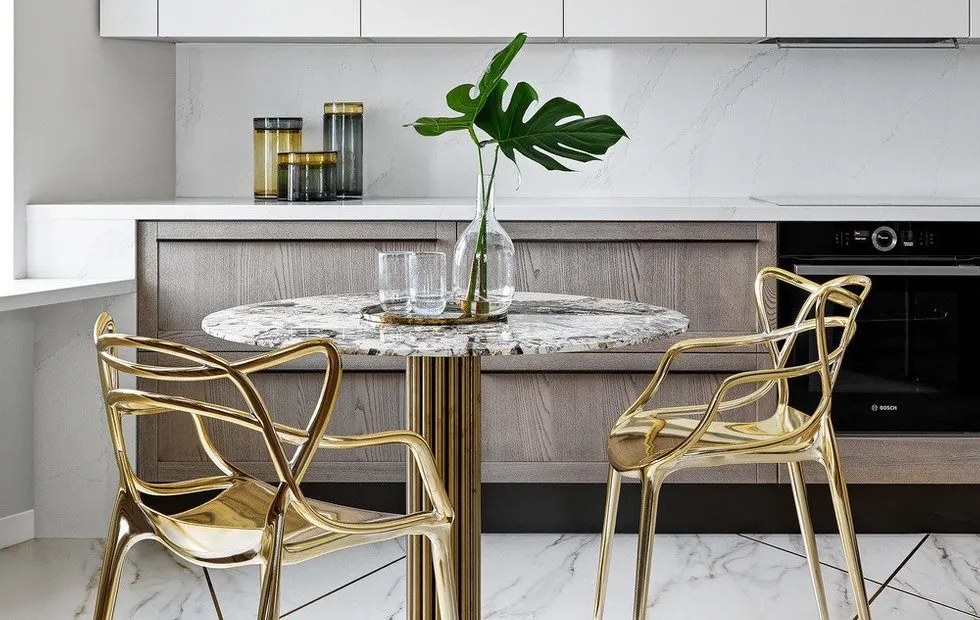 7 Beautiful Kitchens from February Projects
7 Beautiful Kitchens from February Projects